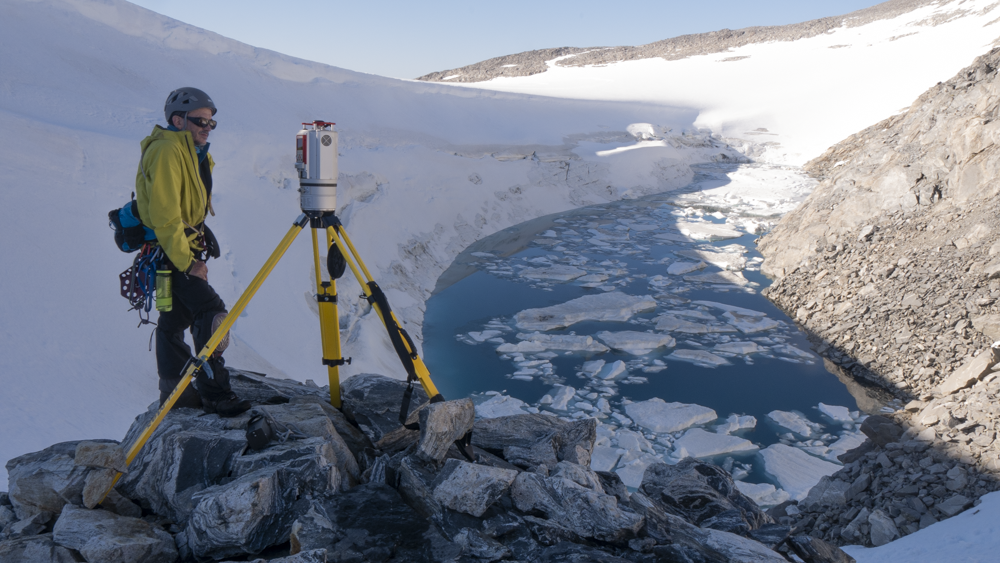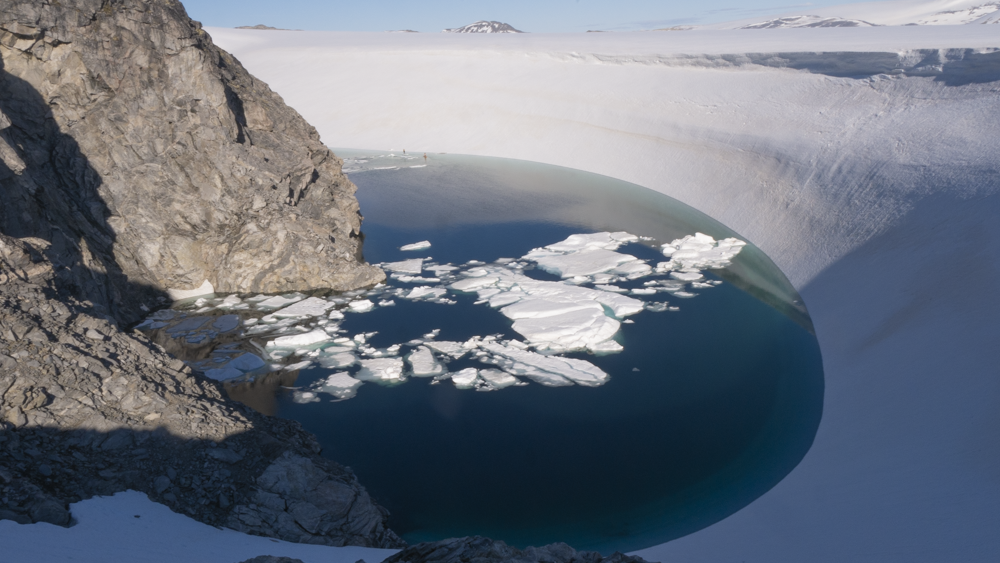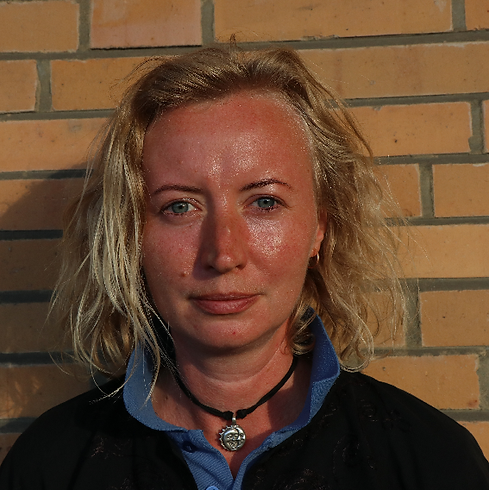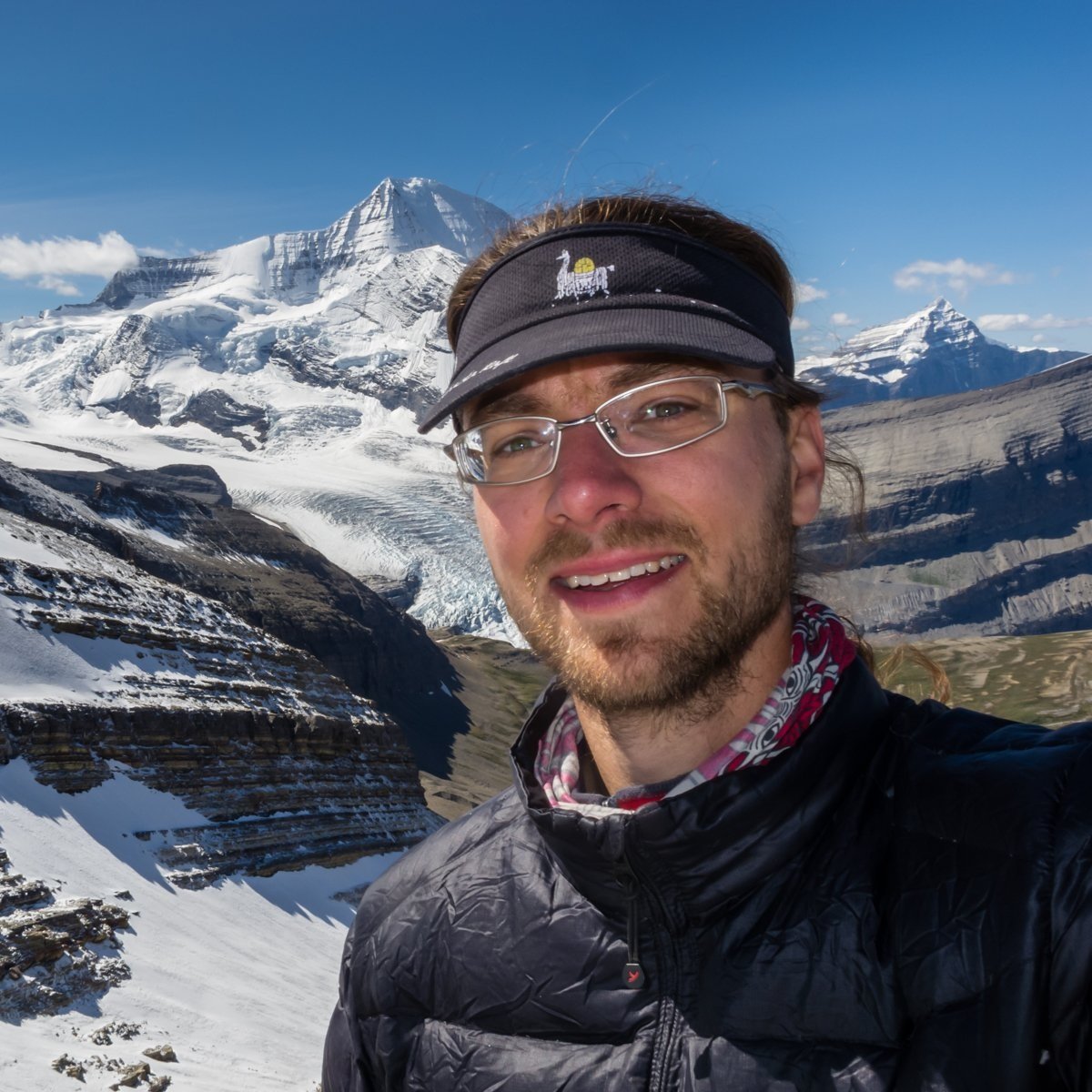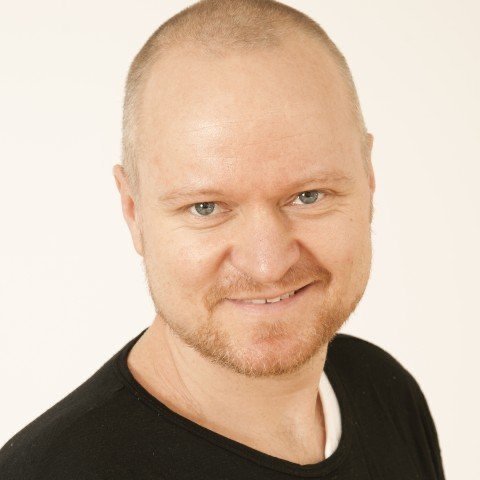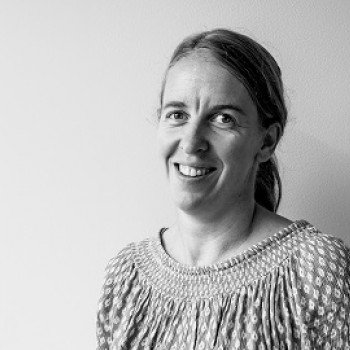Glacier Impacts on the Hydrological Systems in Europe and Central Asia
Fieldwork at Tyrstigbreen, Stryn. Photo by Yongmei Gong, NTNU Department of Geography
The Gotheca project develops a comprehensive risk assessment scheme for a timely application of increasingly accurate predictions of freshwater availability and Glacier Lake Outburst Floods (GLOFs) in glacierized regions to local mitigation and adaptation strategies.
Mountain ranges are often referred to as the water towers of the world because they store enormous amounts of fresh water as snow and ice and deliver freshwater to large areas further downstream. Global warming is causing increased melting, creating new natural hazards and affecting industries such as energy production and tourism across Europe.
instable water flow
In densely populated areas in Central Asia, frequent changes to the amount of meltwater from snow and glacial ice results in great variation in water flow throughout the year. This has a negative impact on the ecosystem, but also markets. These regions also face a recurring threat of flooding as a result of increased melting and GLOFs (Glacier Lake Outburst Floods).
climate adaptation tools
Gotheca will develop a risk assessment method that allows for prediction of the amount of freswater areas close to glaciers will have access to at different points in the year. The tool will also be helpful in predicting risk of GLOFs. This insight will constitute a resource for local and regional authorities involved in climate adaptation.
The project combines natural and social sciences with communication strategies to reach local stakeholders and develop a tool for risk analysis.
Glacial lake at Tyrstigbreen. Photo by Yongmei Gong, NTNU Department of Geography
sustainability goals
The research project Gotheca will use local insight to deliver new, research-based insights to local stakeholders and decision-makers so that they can develop appropriate measures. This will be of help to both developed and less developed areas that are directly dependent on meltwater to fulfil the UN’s Sustainability Goals.
TwO NORADAPT PARTNers
The project is lead by the Department of Geography at NTNU and involves participants from the Western Norway University of Applied Sciences in addition to other institutions outside of Noradapt.

